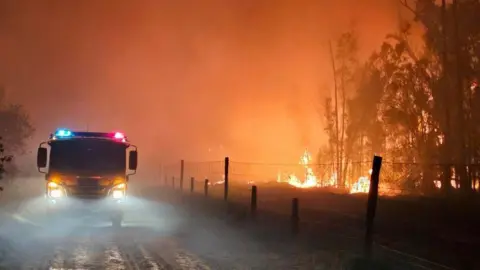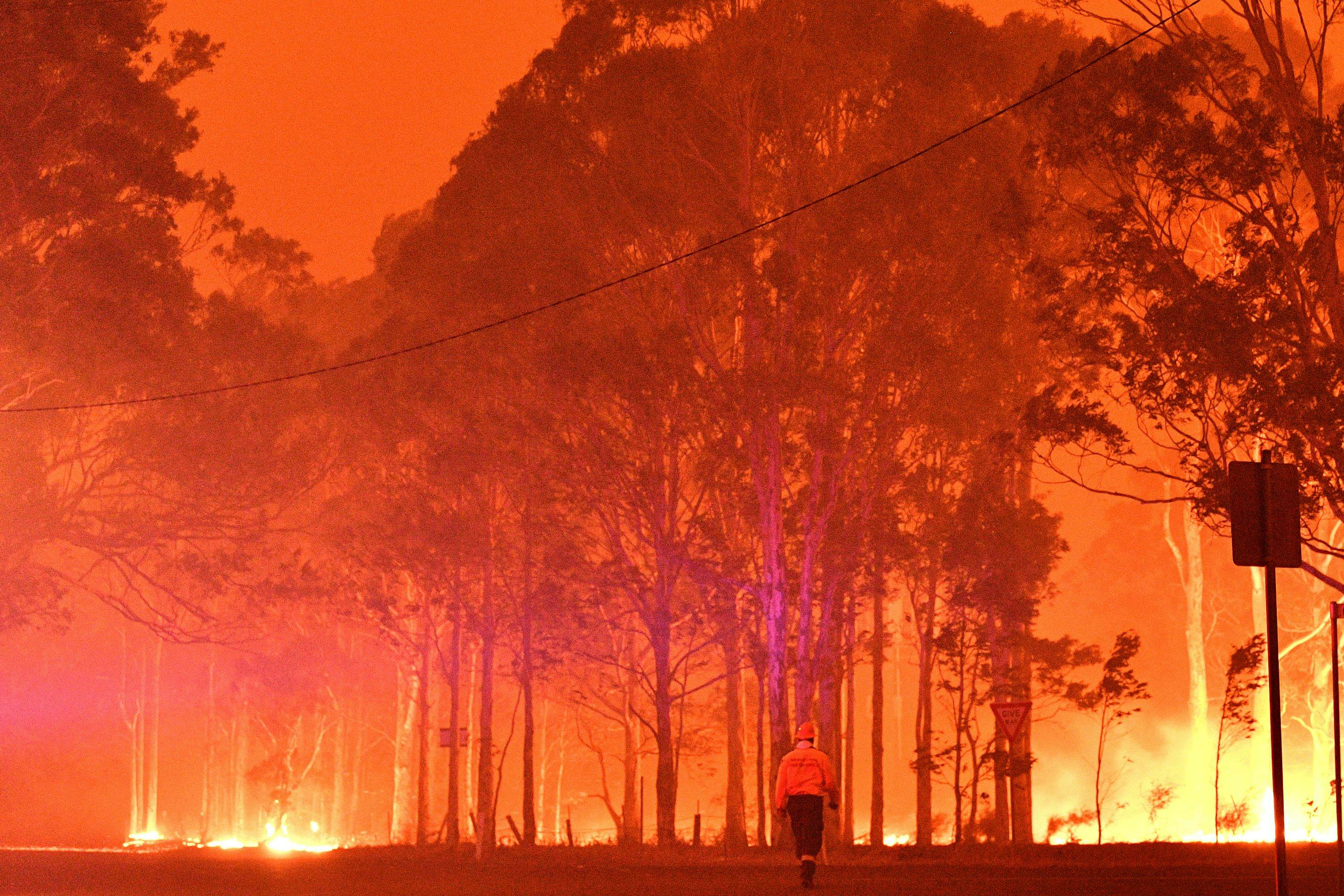Value of BAL Report in Ensuring Shrub Fire Protection
In the world of bushfire security, the value of a Bushfire Attack Level (BAL) record can not be overemphasized. This critical document works as a fundamental tool in analyzing the prospective risk a building may encounter during a bushfire and plays a pivotal duty in figuring out the required protective procedures to protect lives and homes (BAL Report). Nonetheless, real value of a BAL record extends past a mere analysis; it functions as an assisting light for residential property owners and authorities alike, supplying insights into boosting home strength and guaranteeing reliable fire protection.
Recognizing Bushfire Assault Degrees
The understanding of Bushfire Attack Degrees is important for analyzing the possible risk and effect of bushfires on a home. Bushfire Strike Degrees (BAL) are a method of gauging the severity of a building's potential exposure to ember attack, induction heat, and direct flame get in touch with in a bushfire. Comprehending the various BAL categories is crucial for homeowner, designers, and builders in designing and building buildings that are a lot more resilient to bushfires.
There are six Bushfire Strike Levels, ranging from BAL-LOW to BAL-FZ (Flame Zone), with each degree standing for a different degree of risk and required construction standards. A BAL assessment considers factors such as the Fire Danger Index, incline of the land, kinds of surrounding greenery, and range to possible fire dangers. By recognizing these degrees, homeowner can make educated decisions about bushfire defense steps, such as mounting coal guards, using fire-resistant building products, and maintaining clear defensible space around the property. Generally, a detailed understanding of Bushfire Strike Degrees is necessary for reliable bushfire planning and protection.
Evaluating Home Risk Degrees
After recognizing the ramifications of Bushfire Attack Levels, the following important step is examining the risk levels related to individual homes. Assessing home risk levels entails a detailed examination of various variables that can affect the sensitivity of a home to bushfires. These elements include the distance of the home to bushland or vegetation, the kind and problem of surrounding vegetation, the incline and facet of the land, dominating climate condition, and the presence of combustible products near the building.
Property threat assessments are necessary in establishing the degree of bushfire protection measures that need to be executed to safeguard the property and its passengers. By properly examining the danger degrees, homeowner can make informed choices concerning bushfire avoidance methods, such as greenery administration, constructing design modifications, and the installation of fireproof products. Furthermore, residential property danger evaluations play a crucial function in the development of emergency situation action plans and discharge treatments in case of a bushfire.
Executing Safety Steps
Upon finishing building danger evaluations, the following important phase entails the application of protective actions to improve bushfire defense. Executing safety actions is crucial for guarding residential or commercial properties and making sure the safety and security of individuals throughout bushfire occasions.
Normal upkeep of safety measures go to this web-site is similarly crucial to guarantee their performance throughout a bushfire. This includes routinely checking and repairing ember guards, carrying out vegetation management to minimize fuel lots, and screening firefighting equipment such as hose pipes and pumps. By vigilantly carrying out and preserving these protective measures, building proprietors can substantially boost their durability to bushfires and reduce potential damage and loss.

Enhancing Home Strength
Enhancing property resilience versus bushfires pivots on the positive application and upkeep of protective procedures intended at fortifying defenses and lessening prospective dangers. Home proprietors can boost resilience by creating and keeping defensible spaces around their homes.
Education and readiness likewise play a vital function in enhancing home resilience. Residential or commercial property owners need to exercise a bushfire and create emergency strategy, conduct routine fire drills, and make certain all homeowners know just how to respond in case of a bushfire. Remaining informed concerning fire risk rankings, weather condition conditions, and discharge routes is important for making prompt decisions to shield life and home. By taking proactive actions, homeowner can substantially increase the durability of their residential or commercial properties versus the hazard of bushfires.

Making Sure Reliable Fire Protection
Applying robust fire security steps is vital for guarding residential properties against the devastating effect of bushfires. Ensuring efficient fire defense includes a mix of proactive techniques and adherence to pertinent regulations. One crucial facet of effective fire security is the application of ideal landscape design practices. This includes preserving a defensible room around the home by getting rid of flammable plant life and developing firebreaks. In addition, installing fireproof products on the residential property, such as fireproof roof covering and ember-proof screens on windows, can substantially minimize the threat of fire damages.
Moreover, having an emergency situation feedback strategy in position is crucial for making sure effective fire defense. This strategy must describe evacuation procedures, communication protocols, and designated conference factors for homeowners. Normal go right here training and drills must likewise be conducted to ensure that all residents are prepared to respond promptly and securely in case of a bushfire.
Final Thought
To conclude, the BAL report plays an important role in more information guaranteeing effective bushfire defense by examining building danger levels, carrying out protective actions, and improving home resilience. Recognizing Bushfire Assault Levels is essential in establishing the degree of danger a property faces throughout a bushfire. By adhering to the referrals laid out in the BAL record, residential property proprietors can much better get ready for bushfires and lessen prospective damage. Ultimately, the BAL record is a useful tool in protecting properties against bushfire dangers.
By understanding these degrees, home owners can make educated decisions regarding bushfire defense procedures, such as setting up cinder guards, using fireproof structure materials, and maintaining clear defensible room around the building. Analyzing residential property danger levels entails a thorough examination of numerous aspects that can influence the sensitivity of a residential or commercial property to bushfires.Residential or commercial property threat analyses are vital in figuring out the level of bushfire defense procedures that need to be implemented to guard the residential property and its residents. By taking proactive procedures, home owners can substantially boost the durability of their residential or commercial properties against the danger of bushfires.
In conclusion, the BAL record plays a critical function in making certain efficient bushfire defense by analyzing residential or commercial property threat degrees, executing safety measures, and improving building resilience. (BAL Report)